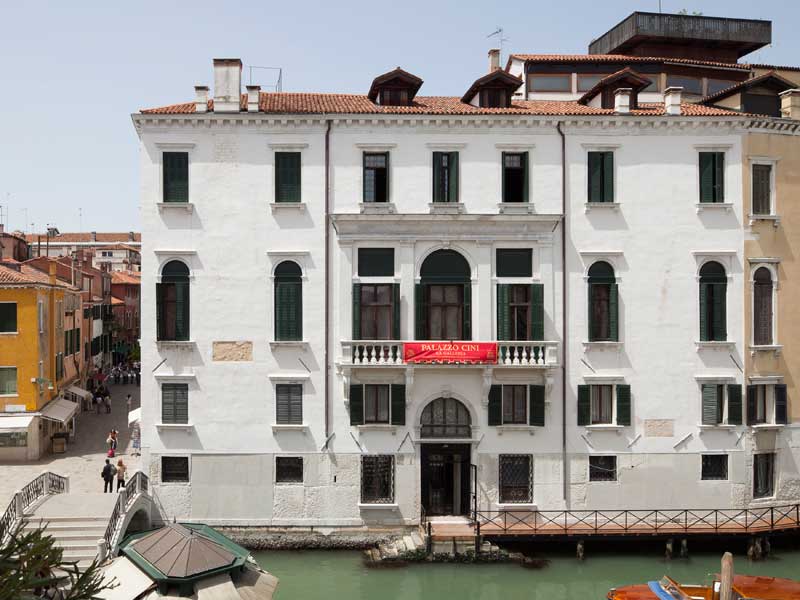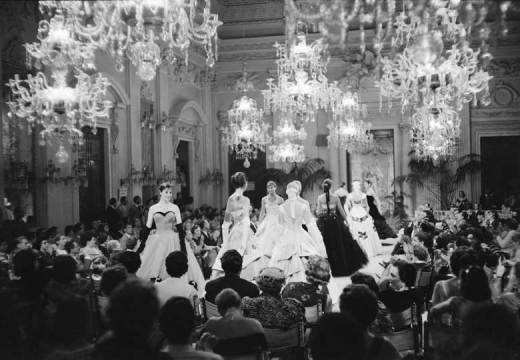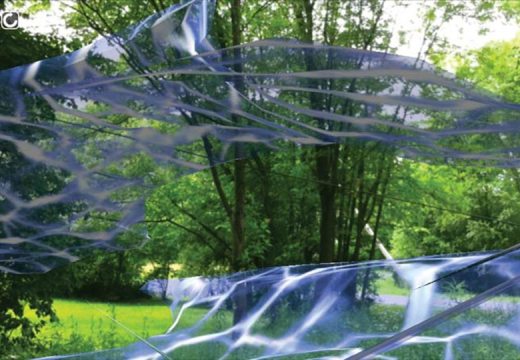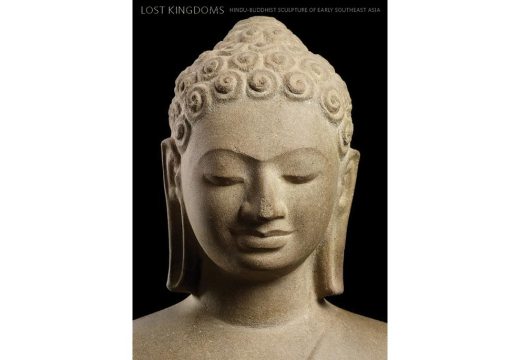From a certain perspective, the Palazzo Cini in Venice is a traditional gallery. It harbours a top-quality collection, well lit and carefully hung, with no obtrusive gimmicks or interventions. But when I met in late May with Luca Massimo Barbero, the newly appointed director of the Institute of Art History at the Cini Foundation, I was struck by how far the reopening of the building this summer is as much a call to action as cause for celebration.
Barbero spoke at length about the need to encourage a new generation of scholars and art historians, and clearly views this as one of his priorities in the role. It is all the more urgent in a country that has long lamented its ‘fuga dei cervelli’ (brain drain). Young and even middle-aged Italian academics and curators, many of whom are in professional exile in the UK or America, often complain about their country’s constipated job market and the sometimes torpid attitude of those veterans who seemingly hold jobs for life.
For Barbero, the replenishment of scholarship will involve boosting study grants where possible, furthering the Institute of Art History’s strong international profile, and ploughing fields of research that have, in Italy at least, often been left fallow. The Cini Foundation’s mandate to advance knowledge of Venetian culture logically extends to the city’s 20th-century and current accomplishments: notably the Biennale and the role it continues to play in defining the contemporary, as well as the work of great modernist innovators on Murano, from Carlo Scarpa to the Spatialist Vinicio Vianello.
Research institutes and university departments should review their structural legacy with the same frequency with which they now account for their research record. This may sound obvious – and of course to many people it is – but the latter imperative can easily interfere with the former: academics in the UK, for instance, can easily disappear down scholarly spider holes in their bid to produce articles for the Research Excellence Framework (REF). Future potential should be as important as current endeavour.
When it comes to writing, there are probably now more opportunities than ever for young art historians, critics and journalists to get published. This is largely a result of the digital revolution, which has created many new writing platforms and offered writers a flexibility and agency that they may not yet command in print. Blogs, online magazines and journals, and even the digital arms of broadsheets and print magazines often have an upstart temper that makes room for innovative ideas and writing.
The explosion of online publishing – much of which is self-publishing – does of course bring a collateral risk in terms of quality control. From unedited blogposts to pay-to-publish online journals, digital criticism and scholarship often needs to be approached from a judicious remove. But once that has been taken into account, a more interesting subject of scrutiny is how styles of writing are themselves being shaped online. The short sentence, always a blessing, is now compulsory. Paragraphs have shrunk and colloquialisms are ubiquitous. The first person is king. Some of these developments are more welcome than others. It will be interesting to see, as young art historians and critics who are ‘digital natives’ advance in their careers, how such stylistic shifts percolate into their writing in print. With luck they may brush some of the dust from scholarly prose without corroding its rigour.
At Apollo, we are pleased to be supporting the Lund Humphries Emerging Art Writers Competition, launched this summer to encourage serious but accessible writing about art. Entrants are required to submit an essay on the question ‘What, if anything, is the legacy of British Modernism in British art today?’ by 1 September. The winning entry will be published in the January 2015 issue of Apollo. I cannot speak for my fellow judges, but I for one hope the best entries will have something daring about them: freshness of thought, a willingness to make unexpected connections, and perhaps a polemical edge, all grounded in attention to detail and carried off in style.
Unlimited access from just $16 every 3 months
Subscribe to get unlimited and exclusive access to the top art stories, interviews and exhibition reviews.














![Masterpiece [Re]discovery 2022. Photo: Ben Fisher Photography, courtesy of Masterpiece London](http://www.apollo-magazine.com/wp-content/uploads/2022/07/MPL2022_4263.jpg)
It’s time for the government of London to return to its rightful home